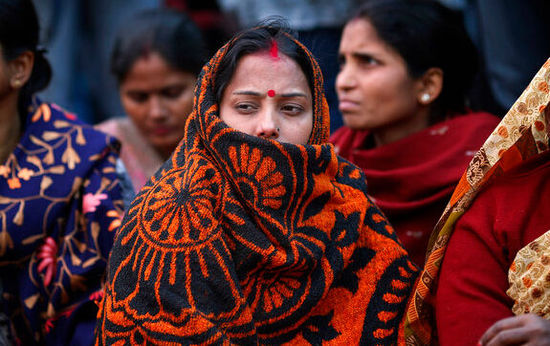Mental health made up just 0.06% of India's health budget in 2011; the median in countries of comparable development is 1.9%.
2011年印度醫(yī)療預算中,心理健康預算只占到0.06%;而在類似的中等發(fā)展中國家中,心理健康預算占到了1.9%。
Despite having a population more than 50 times bigger than Australia's, India has around the same number of psychiatrists (just 3,500) .
比如印度的人口超澳大利亞50多倍,但是精神科醫(yī)生的數(shù)量卻是一樣的(僅3500名)。
Yet the reforms are unlikely to reduce India's suicide rate, which, adjusting for age, is almost double that of America.
根據(jù)年齡階段判定,印度的自殺率幾乎是美國的2倍,而這項改革對于印度自殺率幾乎毫無幫助。
Researchers often attribute large numbers of suicides in Asian countries to “impulsive” acts in moments of crisis, rather than diagnosable mental disorders.
研究者經(jīng)常把亞洲國家大量的自殺舉動歸咎于危險時刻的沖動行為而不是診斷為精神錯亂。

Limiting access to pesticides, poisons that are close at hand for most rural Indians, may prevent such deaths, as it has in Sri Lanka.
在印度農(nóng)村,輕易就能拿到殺蟲劑,限制獲得毒藥的途徑,可能會阻止一些死亡,因為在里斯蘭卡就有這樣的事。
Unlike many countries, India has no national suicide-prevention plan.
印度不像其他許多國家有國民自殺保護條例。
More can be done to break the taboos that prevent the depressed from opening up to friends and doctors.
因為法令禁忌的原因,幾乎不能向他們朋友或者醫(yī)生傾訴煩惱,從而走出低迷,而能夠幫助這些人的,也就只要打破這項禁忌。
The big challenge is to improve the lot of India's young, among whom suicide is the leading cause of death.
自殺已經(jīng)成為了印度年輕人死亡的主要原因,所以現(xiàn)在所面臨的巨大挑戰(zhàn)就是如何改變他們走向自殺的命運。
Suicide rates in Asia tend to shoot up as people enter old age; in India the opposite is true.
隨著人口的老齡化,亞洲的自殺率在迅速上升;然而在印度情況卻截然相反。
The suicide rate for women aged 15-29 is more than double that of any other country except Suriname (which has a large Indian population) and Nepal (which shares many cultural similarities) .
印度15-29歲女性的自殺率比除蘇里南(大部分人口是印度人)和尼泊爾(文化之中有許多相似之處)外的亞洲國家女性自殺率的要高出兩倍多。
In future they, and other Indians, may find it easier to seek psychological help without fear.
在不久的將來,這些女孩子們以及其他印度人也許可以不帶恐懼地尋求心理醫(yī)生的幫助。
But the world they are living in cannot be regulated away.
但是他們所處的國度將變得無法管制。












